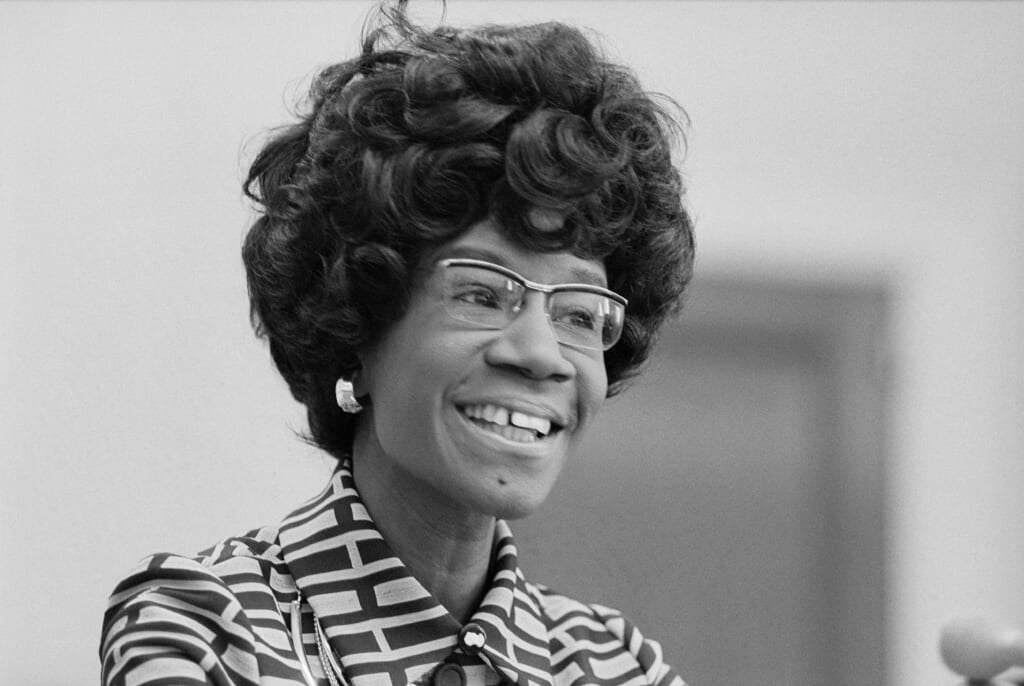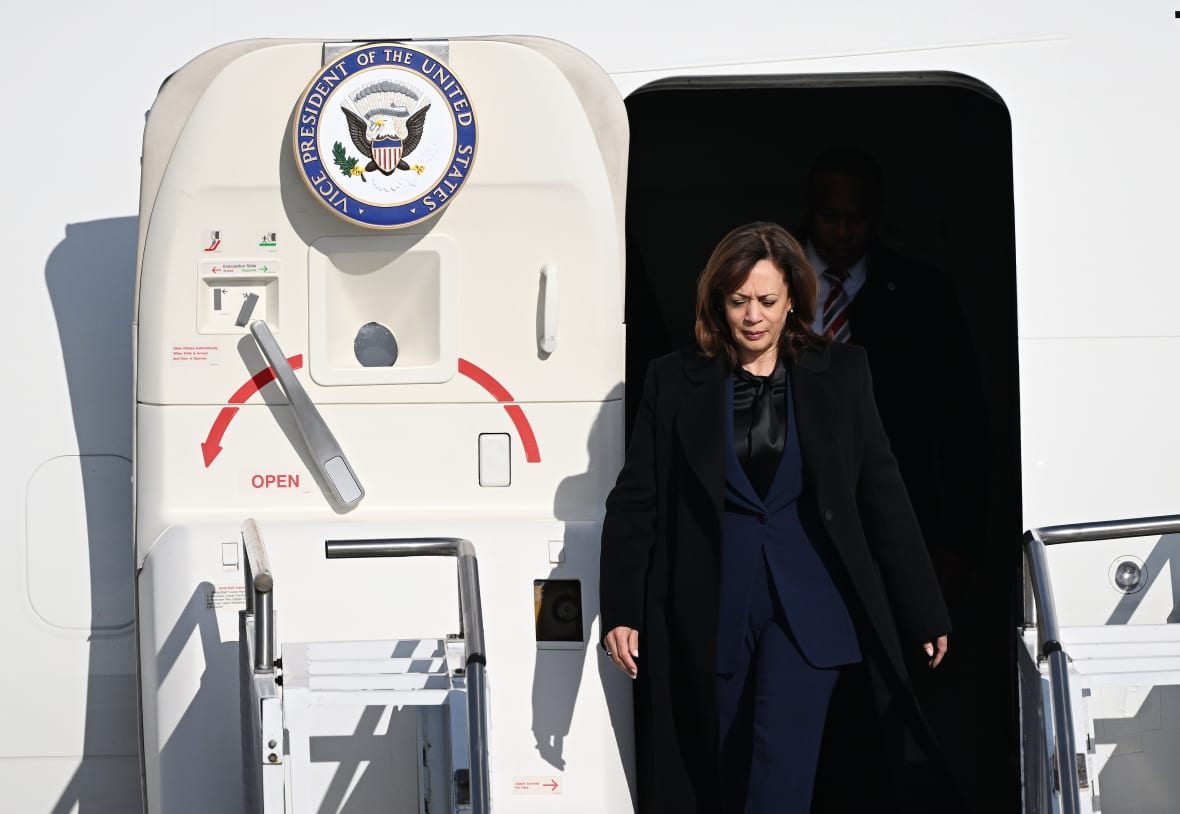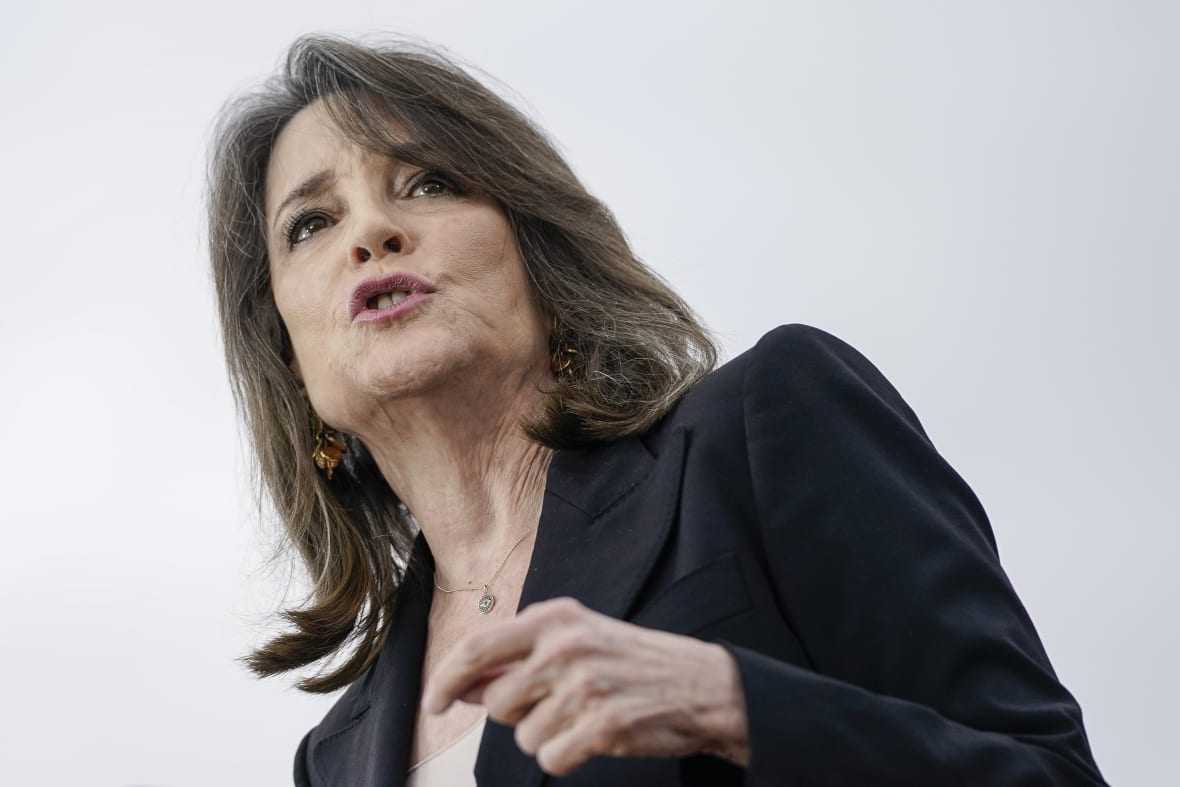For Women’s History Month, theGrio explores the political terrain of why a woman has yet to occupy the Oval Office.
For decades, nations have been led by women, from Canada and the United Kingdom to Germany and France, but in its nearly 250 years, the United States has never elected a female president.
While female U.S. political trailblazers, like Shirley Chisholm in 1972 and Hillary Clinton in 2016, have attempted to reach the highest office in the land, the possibility of a “Madam President” remains elusive in America.
For Women’s History Month, theGrio explored the political terrain to understand why a woman has yet to find a path to the Oval Office.
Why has America never elected a woman president?
Georgetown University political science professor Nadia E. Brown told theGrio that one of the major differences between the U.S. and other countries that have elected a woman as head of state is that some countries have gender quotas. These quotas are intended to boost representation in political systems where women are historically underrepresented.
Brown said these quotas “allow women to be elected to national positions,” adding, “the population just doesn’t think about women as being incapable to lead in the way that the United States does.”
She continued, “Some of these things are structural that the United States could put into place, and then others are cultural. Because we don’t have those structures in place, we fall back on cultural norms [and] gender socialization that really remove women from top leadership positions.”
Brown argues that the lack of structural systems that propel women into public office has created an American society where “we don’t imagine that [women] can do the job.”
The other barrier, she said, is “good old-fashioned sexism, where some people still believe that women have a specific place in public life or they don’t have any place in public life.”
Aimee Allison, founder and president of She the People, a political advocacy group for women of color, told theGrio that for a woman to ascend to the White House, women have to continue the work of building power within political parties.
“We exist as Black people in a system of white supremacy and as women in a system of patriarchy,” said Allison. “That’s not just about personal feelings or personal interactions, but is about the way that institutions are set up and those institutions determine who’s in leadership.”
Allison recalled a saying from Jesse Jackson, Sr., while working on his 1988 presidential campaign in which he said, “you can try to change the leaders’ beliefs and attitudes, or you can change the leaders themselves.”
She explained, “It means taking over leadership of political parties at the state and the national level to literally change the system to enable women to get that seat.”
The history of women running for president

Women in politics like Chisholm and Clinton broke barriers for women with presidential ambitions, particularly Chisholm, who was the first Black woman to run for president and the first woman to run for the Democratic Party nomination. Before her, Margaret Chase Smith was the first woman to seek a major political party’s nomination when she ran as a Republican in 1964.
Chisholm, however, has been credited for being the forebearer for candidates like Clinton, who in 2016 became the first woman to become a presidential nominee of any party.
Allison explained, “The reason why we need to credit her is because she dared to imagine a democracy where someone who looked like her – Black, a woman, child of immigrants, a person who was dedicated and answering the call to public service – could assemble a multiracial voting coalition.”
Chisholm, she said, “embraced issues that ranged in equality, gender justice, economic justice, racial justice … and she inspired a whole generation.”
In modern politics, more and more women are running for president. In the 2020 presidential cycle, there was a record number of women candidates running as Democrats, including then-U.S. Senator Kamala Harris, Sen. Elizabeth Warren, Sen. Amy Klobuchar, Sen. Kirsten Gillibrand, then-U.S. Rep. Tulsi Gabbard, and author Marianne Williamson.
With each woman who throws her hat into the race, it helps society “reimagine that there can be a woman president,” Brown said.
However, she noted, “these women in their own right have faced really vitriolic, sexist attacks,” and “several other women have faced the intersection of race and gender, very specific attacks.”
The image of women presidential candidates also normalizes the idea for younger generations, Brown argued.
“Hillary Clinton receiving the Democratic nomination for the presidency has opened up a realm of possibility for many young people, which is a lot different than Gen X [who] didn’t grow up seeing this,” she explained.
The rise of madam vice president

Political experts agree that the rise of now-Vice President Harris as America’s first woman vice president is helping to shift attitudes about women leaders and, more specifically, their ability to envision a female president someday — whether she is Harris or someone else.
“It’s probably closer than we imagine,” said Allison, who said that Harris is well positioned as second-in-line to the presidency.
While President Joe Biden is almost certain to run for reelection with Harris in 2024, many also expect to see her run for the high office when her time as vice president ends.
“Vice President Kamala Harris is demonstrating that she has the chops to lead on domestic policy as well as foreign policy and can effectively speak on behalf of the interests of the U.S. on the global stage,” Allison said. “That’s very important when you look at her positioning and her readiness to lead in the top spot.”
Allison highlighted the vice president’s leadership role in the White House’s work around reproductive rights after the Supreme Court overturned the protected right to an abortion and her personal work in uplifting the issue of Black maternal health.
However, Brown cautioned that while the Biden-Harris administration has “accomplished a lot” – even comparing their landmark policies to that of President Franklin D. Roosevelt – Harris faces a “tough road” to the presidency in the future.
“They don’t get credit for [their accomplishments],” said Brown, who pointed to a polarizing news media landscape.
“Kamala Harris, as part of the Biden administration, can really stand on a really excellent policy record, but it hasn’t reached the minds and hearts of many Americans,” she added. “Because of that, I think that both she and Biden must continually make the case that they deserve to be elected.”
The role of Black women in electing a female president

While it’s unclear when America will elect a woman for president, Allison says it won’t be done without the support of Black and brown women.
“If there’s going to be a woman president, I believe it’s going to be through the only party that represents Black women and Black people significantly, and that’s the Democratic Party,” said Allison.
“To the extent that leaders and the whole ecosystem of politics embrace and include and uplift Black and brown women as the drivers of this new possibility, and they invest in that and they understand our value, that’s when it becomes more and more possible for a woman to take that top seat.”
Allison continued, “The Democratic Party base is 25% Black. Black people are the force of the Democratic Party, and Black women are the majority there in terms of not only voters but organizers, leaders, people engaging everyday people in issues and who are holding that vision for the country of democracy and representation and inclusion.”
She argued that Hillary Clinton’s 2016 loss was partly due to the lack of investment in Black women throughout the campaign cycle.
“The Democratic Party of 2016 and before did not recognize the unique power and influence and potential of Black women’s leadership,” said Allison. “And as a result, you have a Democratic Party that did not deeply invest in making sure to turn out the Black vote, uplifting organizers for including our agenda in the issues, fighting voter suppression, and letting Black women, in particular, lead in terms of shaping the results of elections.”
Women in the 2024 presidential cycle and beyond

Though the 2024 presidential election is still 21 months away, two women have already announced their campaigns for the White House.
Former South Carolina governor and United Nations Ambassador Nikki Haley announced her candidacy for the Republican nomination in February. Author and spiritual guru Marianne Williamson, who ran for the Democratic nomination in 2020, announced earlier this month that she would challenge President Biden in a primary.
Brown said that regardless of their policy stance or viability as candidates, both Haley and Williamson continue pushing the political arc for women.
“It’s showing there are smart, capable women who want to serve their country,” said Brown.
However, she said, it matters “how media are talking about these candidates.” She explained, “if women are only talked about as fringe candidates, regardless of their characteristics and qualities, it diminishes the role modeling effect.”
While she expects to see more movement on the Republican side related to women’s performance in the 2024 presidential cycle, Brown noted that Republican women “have a different identity to gender and sexism” than Democrats.

“Nikki Haley will play up gender in some ways, but then go back to saying I can do the same job as a man, don’t look at me as a woman candidate, I’m just a qualified candidate – that’s a typical Republican mantra,” she explained.
Allison said it’s important for female presidential candidates to “advance a feminist agenda, advance a racial justice agenda [and] advance an economic equality agenda.”
She added, “Because otherwise, the representation just stays what it is.”
Allison said that as South Carolina governor, Nikki Haley “reluctantly” removed the Confederate flag from the state capital after a white supremacist murdered members of a Black church; since then, she’s been “really mimicking MAGA talking points, denigrating Black people, denigrating immigrants, and committing herself to a kind of politics that would further entrench white power and white supremacy.”
She added, “That’s not the kind of woman or woman of color that would bring change. … women of color are more savvy than that … we want a woman president, we want to imagine that, but we want one that is committed to our future, building a new kind of America and helping us to make that real.”

Gerren Keith Gaynor is the Managing Editor of Politics and White House Correspondent at theGrio. He is based in Washington, D.C.
TheGrio is FREE on your TV via Apple TV, Amazon Fire, Roku and Android TV. Also, please download theGrio mobile apps today!
The post Why has America never elected a woman president? appeared first on TheGrio.



